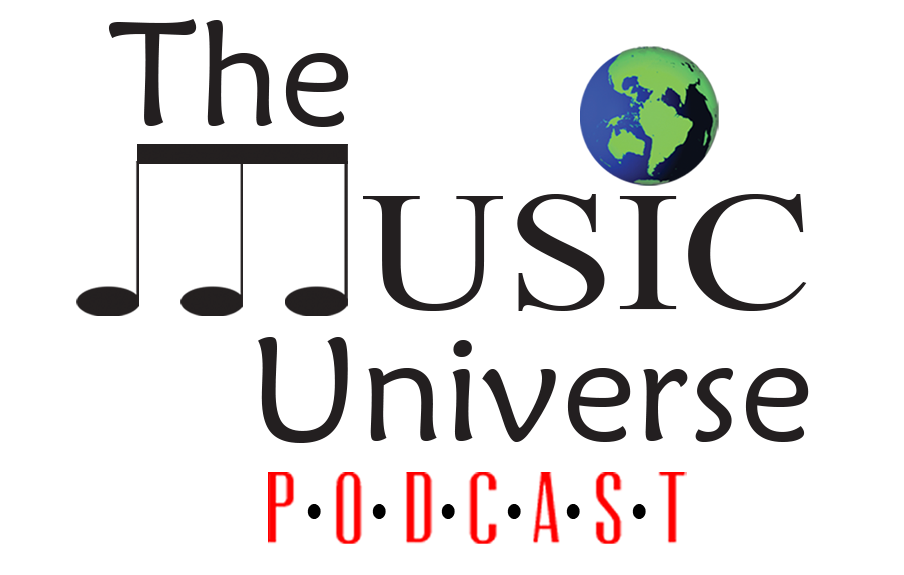For Good or for Bad: Streaming’s Effect on the Music Industry
In this third post based on ReportLinker’s latest survey, we analyze the impact of streaming services on the music industry.
The industry is changing at a rate not seen since the advent of the record. Once, physical sales dominated the industry and now people stream songs and even entire albums. In 2015, revenue from streaming music accounted for 43% of digital sales, according to IFPI. Soon streaming will overtake downloads as the top digital revenue earner globally. The change has already happened in 23 markets.
Changing Listening Habits
The increase in streaming has made the industry profitable for the first time since 1995, but the increased revenue has come at the expense of album sales.
Most people listen to singles and playlists, according to a survey by LOOP. Playlists have increased in popularity because they allow users to discover new music without much effort.
However, the study also found that 42% of listeners are using freemium subscription levels. This trend worries artists and record labels who feel they are not being paid a fair rate for their work.
The amount of music consumed versus the royalties paid to artists and labels is called the value gap. Legislative “safe harbour” laws are the main contributor to this gap. The laws allow websites to circumvent copyright and licensing rules and offer free subscription levels. Music streamed by users with free accounts generates no royalties for the artists. The gap is so large that the more than 900 million users of streaming sites only generated $634 million in revenue, equivalent to 4% of music industry revenue globally.
In November, the National Music Publisher’s Association sent U.S. president-elect Donald Trump a letter asking for regulations to be reformed, allowing songwriters to make a fair living.
“Intellectual property has been the victim of increasing pressure by Internet and digital companies who want to make other people’s private property free,” the letter said.
The letter also contended that technology companies have a close relationship with the government. “Relationships like these led to an unfair and often hostile stance towards the creative community whose work has been systematically devalued by the very technology companies who rely on its product,” the letter said.
New Platforms
LOOP’s survey found that YouTube is emerging as one of the top sites for listening to music. Of the survey respondents, 42% regularly listen to music on YouTube for five or more minutes at least once a week.
Streaming music websites are part of a larger economic trend. Subscription businesses are rapidly growing. Since 2012, subscription businesses have grown four times faster than U.S. retail sales and nine times faster than S&P 500 companies.
What About Quality?
Does the popularity of streaming and the sheer number of streaming sites affect music quality?
Many artist rely on streaming sites to jump-start their careers. “It’s getting harder and harder to survive in the music industry and to get established in any way,” singer Lucy Rose told the BBC. Rose was signed by a record label after her YouTube video received millions of streams.
The downside to this exposure: A large disconnect between musician and listener. People once took their time to purchase albums from record stores. There was a physical product they could hold. Now, many argue, music is background noise, nothing more.
Streaming services, such as Deezer and Tidal, are offering high-fidelity audio to make themselves more competitive with larger services like Spotify. Will the strategy work? CNBC is doubtful. It conducted a test and found people can’t tell the difference.
The future of streaming is itself in doubt. In just a few years, streaming might also include virtual reality streaming of concerts.




